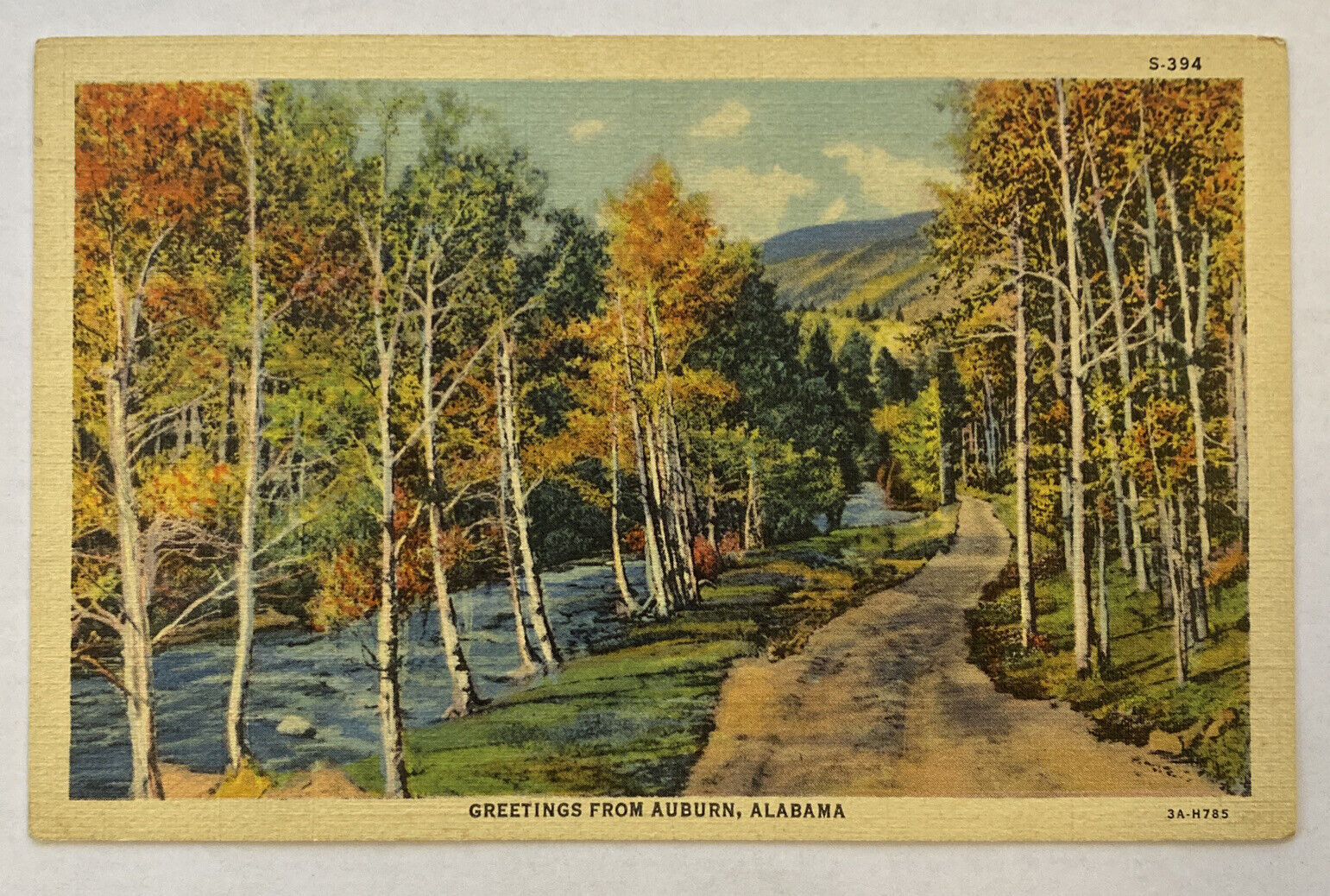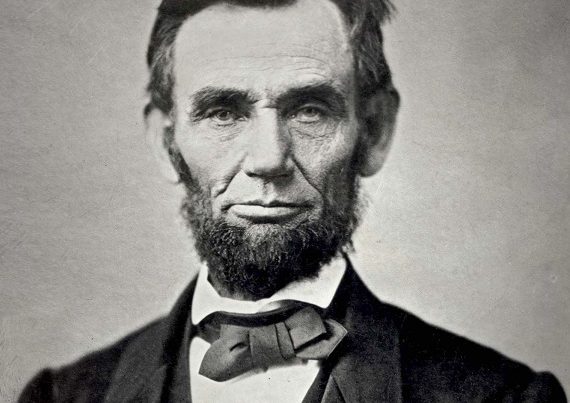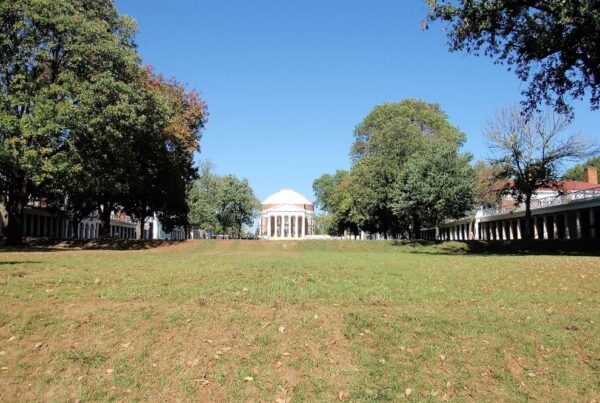The central issue of the 2024 election was the question, what is democracy? The Democrats in particular claimed that they were the defenders of “democracy.” They were sincere, although to their opponents this claim seemed the epitome of gaslighting. Their view is that democracy is top-down, whereby elite institutions (e.g., universities, foundations, the science establishment, big business, the media, government itself) use government power to formulate and impose the will of those elites on society. The alternative view of democracy is bottom-up, whereby the people themselves express their will through the institutions of civil society and local government, as well as national elections, to render their verdict as to whether the government has been acting in accord with the people’s will, or not. This result of this verdict is the “consent of the governed.” So at a deep level the contest was between the two different conceptions of democracy.
One thesis of my doctoral dissertation (Money, Democracy, and the Southern Tradition, 2001) was that these conceptions of democracy were fundamental to the conflicts preceding and following the “Civil War,” and that the outcome of that late unpleasantness of the 1860’s had given pre-eminence to the top-down approach to democracy. As a result, the national government was used to facilitate the objective of “elevating the people” according to the standards and interests of the dominant entities that control the government. The South consistently objected to the top-down approach, defending instead a bottom-up democracy institutionalized in a constitutional republic built on the sovereign states.[1]
The outcome of the 2024 election was a massive shift against the top-down approach to democracy that has been in place and growing for over 150 years, leaving the elites in control of almost all the levers of power. But following the election of 2020, shocked by the revelation that the “democracy” they believed was bottom-up was just an illusion,[2] thousands of citizens became engaged at the grassroots level to assert the will of the people against the elites. The 2024 election demonstrated both the preference of the people for bottom-up democracy and that the mechanism to enable it remains viable.[3] Can this clear preference can be fully realized? I am cautiously optimistic that it can, though how and even if that reversal will be institutionalized is still much in play.
A second element of the big picture is regional realignment. In chapter two of Tragedy and Hope Carroll Quigley observed regarding the nineteenth century United States:
The occupation of the United States had given rise to three chief geographic sections: a commercial and later financial and industrial East, an agrarian and later industrial West, and an agrarian South. Unfortunately, the two agrarian sections were organized quite differently, the South on the basis of slave labor and the West on the basis of free labor. On this question the East allied with the West to defeat the South in the Civil War (1861 – 1865) and to subject it to a prolonged military occupation as a conquered territory (1865 – 1877).
From this perspective the United States is a composite of three distinct, enduring sectional entities.
Abraham Lincoln’s political accomplishment was to unite the East and the West to defeat the South.[4] The South was left as a poverty-stricken backwater until after World War II when she began to recover her parity with the other two sections.
Fast forward to the present. Look at the electoral map following the election. The red states include all of the South[5] and all the states west of the Mississippi that do not border the Pacific Ocean, except for New Mexico and Colorado. I believe that it was Clyde Wilson who pointed out that the northern parts of Ohio, Indiana, Illinois, as well as Wisconsin and Minnesota, were all settled by migrants from New England (with later additions such as Germans and Swedes) and this migration continued westward, ultimately arriving in the western parts of the Pacific states. Today it is the western parts of those states that are responsible for their leftist elitism. The eastern parts of the Pacific states are more conservative and some even advocate secession from the existing left-dominated states. So this blue band that stretches from New England (with New York and New Jersey) across the northern part of the United States and down the Pacific coast is still essentially the “East”.
In view of the above, then, what Donald Trump has accomplished in political terms is to reunite the West with the South, thus reversing what Lincoln accomplished in 1860.[6] The challenge will be to maintain this alliance to keep political dominance. The South and the East remain fundamentally antagonistic[7] with the West still playing the swing role. Of course, it has been the East and its financial oligarchs that have been responsible for the rape and pillaging of the West (as they did to the South previously), so a return to prosperity in western states is not likely to make them more friendly to their former tormentors (Main Street versus Wall Street).
My cautious optimism expressed above is based on a third aspect of the big picture. In The
Fourth Turning (1997) by William Strauss and Neil Howe, and The Fourth Turning is Here (2023) by Neil Howe, the authors develop the theory that the history of the United States goes through eighty year cycles and each cycle itself breaks down into four twenty-year subcycles called turnings.[8] The last turning in each cycle is a Crisis (a so-called “fourth” turning). The resolution of the crisis begins a new cycle. The first turning in the new cycle is a High, followed by an Awakening, then an Unraveling, and ending in another Crisis.
I will only look at successive twenty year “crisis” periods with the midyears being (I) 1780, (II)
1860, (III) 1940, and (IV) 2020. These years correspond with the Revolutionary War (I), the “Civil War” (II), the Great Depression and WWII (III), and our current period (IV). The first three crises eventually “resolved” and another cycle was initiated out of each resolution. There is no Panglossian dialectic determining that a crisis must resolve favorably. (I) resolved into the founding of the American republic, a favorable outcome. (II) had an unfavorable outcome with the overthrow of the original republic as I outlined above. (III) had a mixed outcome with victories over the fascist world powers and renewed prosperity and recovery from the Great Depression, but at the cost of the growth of the central government and laying the foundation for the national security state and the global American Empire which further institutionalized top-down democracy. (IV) has not yet been completely resolved but the 2024 national election is a critical event toward that resolution.
The 2024 election is analogous to the Battle of Gettysburg during cycle (II). In the 1860 crisis period Gettysburg was the crucial turning point. Great battles such as The Wilderness, Spotsylvania Court House, Cold Harbor and the siege of Petersburg were still to be fought at frightful cost but the North (East+West) pushed the advantage won at Gettysburg and the complete and final victory was theirs. So it may be with the election of 2024. The Democrats and their elite supporters threw everything they had into defeating Donald Trump and his populist supporters (i.e., the people). But the Democrats were themselves routed and will have a difficult time regrouping. Thus ground could be laid for an institutional restructuring that will last well into the new cycle (starting around 2030) as a new cyclic dynamic reasserts itself.[9] The final resolution is far from determined, just as it was uncertain in 1864/1865 after Gettysburg. The victors of 2024 will need to be as smart and as ruthless (politically) with the Democrats and Globalists as Lincoln, Grant, Sherman and Sheridan were (militarily) with their opponents in order to succeed. But if they have the courage and fortitude to pursue the fruits of their victory a final resolution in their favor is within their grasp.[10]
To conclude let me ask what all of this means for the South in particular. I think it shows that the traditional South (reaching back into her remote origins) remains a vital player in the national cultural and political dynamic. The South may have been shorn of a good deal of her traditional rhetoric and symbols but the underlying reality that those supported are still alive. That underlying reality includes a commitment to individual freedom and the rule of law, a constitutional order of limited government founded on the states, and the insistence that all of these are based in a transcendent reality. It includes as well a commitment to national sovereignty in the international arena. Let us hope that developments in the years to come will insure that the Southern Tradition representing core elements of the American Founding will be reasserted as a pillar of a reinvigorated constitutional order. A South loyal to its Southern Tradition should be the cornerstone of any American constitutional order faithful to its original meaning.
*****************************************
[1] The question of democracy was posed to me by my dissertation director, Don Lavoie. My thesis was developed after lengthy exposure to the work of Don Livingston, Clyde Wilson, Tom DiLorenzo and others who helped found the Abbeville Institute. The contrasting views of democracy was not a burning issue for the general public at the time I completed the dissertation (May, 2001), although there was a growing movement in support of the bottom-up view which was drastically curtailed by the events of September 11, 2001 and subsequent events.
[2] The ways by which this was revealed needs another essay. But most people reading this will understand what I mean.
[3] An interesting aspect of this outcome is that the “populist” movement responsible for the electoral victory embraces a premodern “common-good” conception of the purpose of politics from the classical western tradition versus the modern conception that has resulted in the elite capture of the institutions. This is discussed at length by Patrick J. Deneen in his book Regime Change. I also discussed this in the dissertation but I cannot go further into it here.
[4] Another candidate such as Stephen Douglas, if the Democratic party had not split, might have been able to unite the South and West against the North without the scourge of war. In which case slavery could have been eliminated by a gradual, compensated emancipation and the US would not have been saddled with the curse of race politics bedeviling it to this day.
[5] This is considered to be the eleven Confederate states plus Oklahoma, Missouri and Kentucky and even southern Maryland. Virginia was blue but just barely and that is due to the counties surrounding the District of Columbia. Maryland is blue mainly due to the surrounding DC counties as well.
[6] Ironically Trump is an eastern billionaire celebrity who has apparently permanently relocated to Florida. Although the alignment of South and West was already in progress, Trump nailed it down by carrying all the battleground states in the election, Arizona and Nevada in the far West, Georgia and North Carolina in the South, and Wisconsin and Michigan in the Midwest, with Pennsylvania thrown in for good measure.
[7] Though the South has been weakened by the infiltration of eastern financial interests (e.g., Bank of America in Charlotte, North Carolina), massive inmigration from the other sections and the world, and another southern tradition – – corrupt, grifter politicians.
[8] This is a cogent framework from which to interpret the history of a society like that of the US. The eighty-year length of the cycle is based on the normal length of a full human life. I learned of this theory from its presentation by Stephen K. Bannon on his show War Room. My interpretation of how events fit this framework, however, differs from both the authors’ and Bannon’s.
[9] It is important to note that whereas the crisis periods of (I), (II), and (III) all devolved into kinetic war, this cycle so far seems to have avoided that (thanks be to God!). I think it is very possible that had the Democrats won the election and then begun to implement against the people the many control mechanisms they had in mind that they would have encountered armed resistance at some point. The resistance to Trump is led mostly by types with little or no physical courage (or even moral courage) and the entities they might use as proxies are significantly demoralized. So I hope kinetic warfare continues to be avoided.
[10] This assumes that Trump survives the machinations of the Deep State and actually takes office relatively unencumbered.







Good analysis. However I disagree that the election of 2024 is similar to the Battle of Gettysburg. Rather, I would posit that the 2024 election is more similar to D-Day. The forces of MAGA/AmericaFirst, metaphorically reclaimed a beachhead at Normandy. We now have retaken ground as a basis for taking still more. Continuing that analogy, we know there will be many more hard battles to be won, similar in spirit to the Bulge, Remagen, and Market Garden. But if we persevere, we will ultimately march into Berlin, our enemies vanquished.
This is a job, however, beyond the scope of a single Presidential term. It may take three or more.